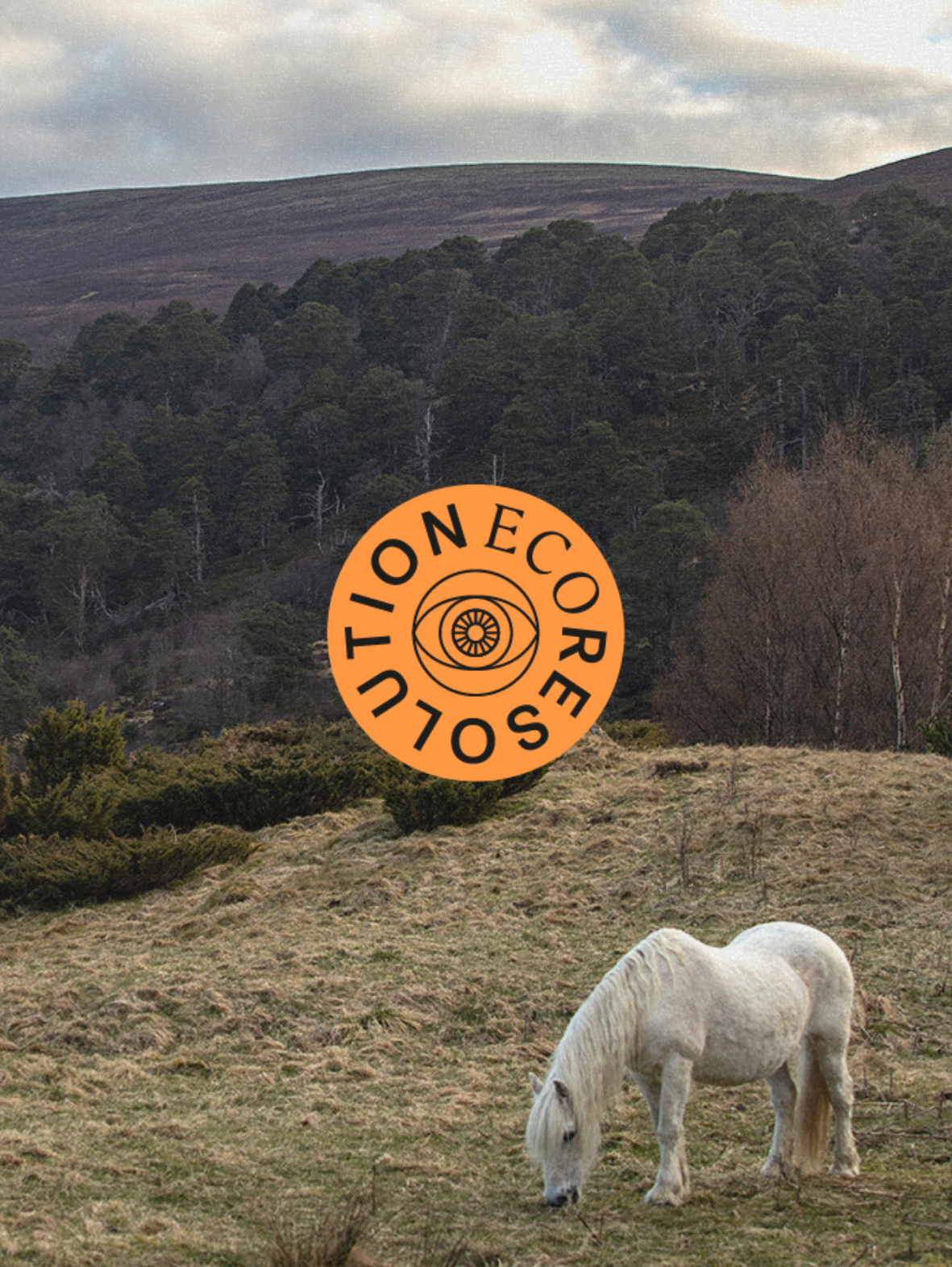Breaking down barriers for nature recovery
Author: Dr. Hugh Webster
Originally published March 30 2022 at The Ecologist. | Republished with permission. Read more articles from The Ecologist, publisher of free, daily, environmental news.
Mature Scots pine tree in Glen Feshie, Scotland. Photograph by Kieran Dodds.
Scottland is in dire need of rewilding - but how will the public overcome social and political barriers in order to bring about change?
Rewilding has recently generated more media interest than ever before, with the heightened focus on natural recovery following COP26, and widespread recognition that Scotland has become one of the most nature-depleted countries in the world.
According to a recent poll carried out by YouGov, 77% of Scots support rewilding – the large-scale recovery of nature in order to reverse the ecological decline, and mitigate the impacts of climate breakdown.
This involves the large-scale recovery of nature in order to reverse the ecological decline and mitigate the impacts of climate breakdown.
Despite this growing support, some people still have concerns about rewilding and the change that it could bring about to a landscape that has been shaped by traditional farming methods for centuries.
Saplings spread around a mature Scots pine tree in Glen Feshie, Scotland. This flag ship site for rewilding has bounced back after deer numbers were reduced. Photograph by of Kieran Dodds.
Seeing the Big Picture
Hearts & Minds, a recent report published by rewilding charity Scottland: The Big Picture seeks to understand different reactions to rewilding and consider how these might be holding back the restoration of our living systems.
“The practical idea of ecological restoration, or rewilding, is a simple one, but the social, cultural, and political landscapes it must navigate to succeed are complex,” says Peter Cairns, Executive Director of Scotland: The Big Picture.
With habitats and species declining rapidly worldwide, the United Nations has declared 2021 – 2030 as the Decade of Ecosystem Restoration. The Scottish Government has committed itself to bold action to tackle the crisis facing biodiversity through its Edinburgh Declaration.
“Conversations around changes to the way Scotland’s landscapes look and function can sometimes be uncomfortable – hence they’re mostly avoided.”
"But we face a challenge that binds us all together: how to address climate breakdown and ongoing global nature loss. We need to create shared solutions to shared challenges," Carins continues.
Only 1.5% of Scotland’s land is national nature reserves and just 4% native woodland, while 25% is severely nature depleted - according to Rewilding Britain.
Rewilding
A successful rewilding project could bring back some lost species nearing extinction - such as beavers, cranes, sea eagles and pine martens happen slowly, while elk and lynx are among the species already made extinct.
However, conversations around rewilding have always been tricky for the Scottish population. On social media, where such issues are likely to be discussed, a lack of tolerance for different perspectives is enhanced.
Entrenched, impassioned opinions from all sides can cause separation. Rather than allowing issues to be explored, nuance to be understood and common ground found, these platforms so often seem to polarise the discussion and exaggerate differences.
Arranged by interest groups, the report explores attitudes towards rewilding among farmers, field sports enthusiasts, landowners, rural communities, conservation bodies, and the general public, seeking to understand the sources of conflict and make recommendations on how to reconcile differing perspectives.
Barriers to the acceptance of rewilding by farmers include concerns over how a ‘rewilded’ landscape works economically and the potential loss of traditional farming practices.
We face a challenge that binds us all together: how to address climate breakdown and ongoing global nature loss. We need to create shared solutions to shared challenges.
Peter Cairns, Executive Director of Scotland: The Big Picture.
There is also fear amongst farmers as to how the introduction of 'keystone species' such as wolves and lynx could threaten livestock. Lambs getting preyed on by the reintroduction of the sea eagle confirmed many farmers' fears.
Yet farmers and rewilders both want and need a healthy environment and thriving rural communities. Although some angling enthusiasts might prioritise catch numbers, everyone shares a common interest in clean, healthy river systems.
Cairns adds: “We believe there is much more common ground than is currently portrayed in the popular media, and much to be gained from demystifying rewilding, fostering a more mutually respectful debate, and highlighting the benefits that large-scale nature recovery offers to everyone.
"We don't pretend to have all the answers to what is a complex issue. However, it does provide a springboard for building bridges leading to a more considered, progressive, and inclusive conversation about how Scotland’s landscapes could function better to benefit nature, climate, and people."
More needs to be done to help different groups navigate the changes rewilding could bring, and recognize the opportunities relevant to their interests if it is to gain wider support across the groups considered.
Some resistance to rewilding undoubtedly results from its uncertain outcomes, but it could offer the best chance to mitigate many of the scary challenges we have already precipitated through climate breakdown, from which there is arguably much more to fear.
To continue learning about our rewilding efforts visit Nature Connection. Read Nature: Love, Fear & Loathing to learn how to bridge the unnatural divide between humans and our living world, or watch our video with Merlin Sheldrake on how Fungi Make Our Worlds, Change Our Minds, Shape Our Future.







